Who was the most famous Black inventor? What are some famous Black inventions? What was the first Black invention? You may be surprised by the answers to these and other questions you may have about these six important Black inventors in U.S. history.
What Are Some Famous Black Inventions?
From 1870 to 1940, Black inventors filed and secured around 50,000 U.S. patents, according to data from the Brookings Institution. Since then, Black inventors have continued to develop new products. From indulgent snacks to traffic control, and from home security to life-saving medicine, there’s so much for us to uncover and examine.
You might already know the story of Dr. George Washington Carver and his tasty peanut-based inventions, but the stories of Black inventors don’t end there. Here are some more remarkable examples from history of Black excellence and Black innovation.
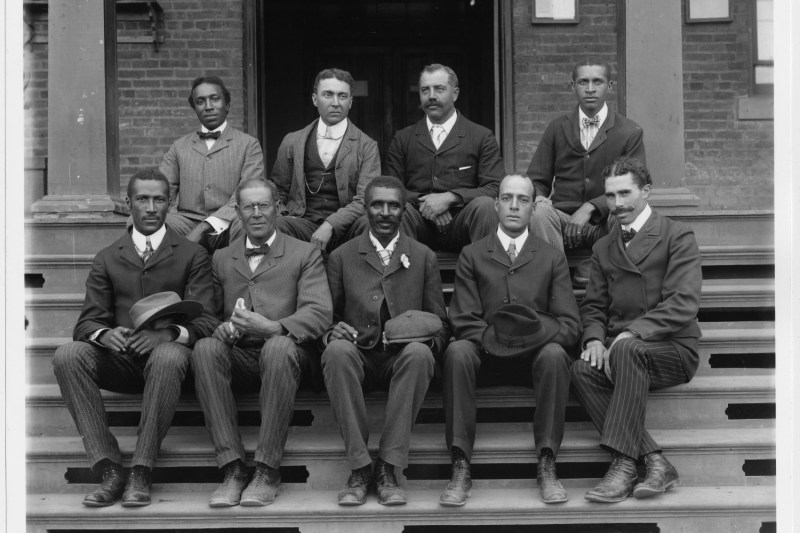
George Crum and the Potato Chip
While working as a chef at the Moon Lake Lodge resort in Saratoga Springs, New York, in 1853, George Crum had a rough night in the kitchen. A guest had just complained that his pommes frites were cut too thick, so Crum angrily sliced some potatoes as thinly as he could, fried them in grease, and sent back a pile of crispy brown chips to the ungrateful guest. To Crum’s surprise, the guest loved Crum’s chips. Other guests soon requested their own chips, and Crum’s “Saratoga Chips” eventually became one of the most popular items on the menu.
George Crum eventually opened his own restaurant near Saratoga Lake, where guests like William and Cornelius Vanderbilt enjoyed Crum’s potato chips and more of Crum’s culinary delights. Crum never filed a single patent for his potato chips before his death in 1914. But in 1926, California entrepreneur Laura Scudder decided to run with her idea of selling

Garrett Morgan, the Gas Mask, and the Three-light Traffic Light
Shortly after the 1911 Triangle Shirtwaist Factory Fire, the Ohio-based inventor Garrett Morgan quickly went to work to develop a solution that could protect people from carbon monoxide poisoning. Following the release of his first gas mask in 1914, Morgan hired a white actor to pose as the inventor and staged safety demonstrations in order to overcome prejudice and prove to buyers that his device worked. By 1923, Morgan had become a very successful businessman with his safety hood/gas mask company, a tailoring business, a cosmetics business, an all-Black country club, the Cleveland Call newspaper, and his philanthropic efforts.
After Morgan witnessed a crash between a car and a buggy, this very busy Black inventor got to work on another new creation. On November 20, 1923, he successfully obtained a patent for his three-light traffic light: red for stop, yellow for yield, and green for go. Morgan eventually earned patents for his traffic light in Canada and the U.K., and he later sold the patent to General Electric for $40,000.
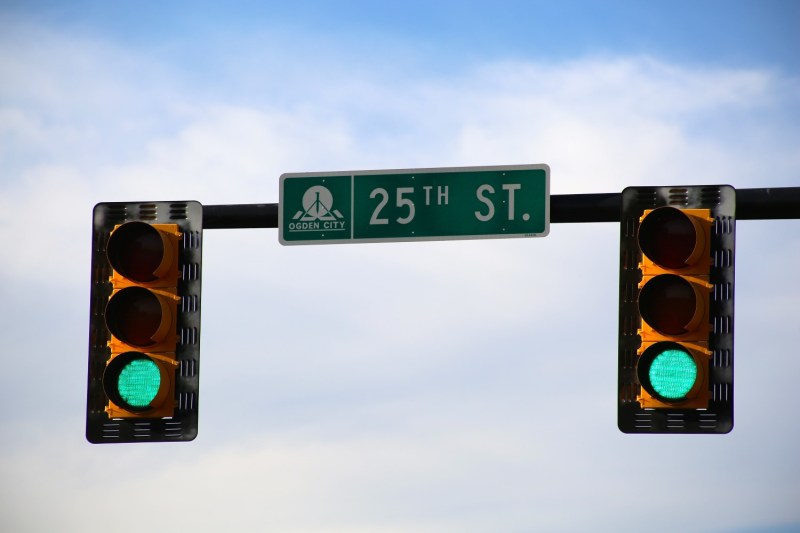
Frederick McKinley Jones and Refrigeration
By 1937, the Minneapolis based mechanic Frederick McKinley Jones was already making waves in the film industry with his inventions that changed the way people watched movies in theaters. Jones also wanted to develop air conditioning for cars and trucks. Annd when Jones learned of truckers complaining about having to use easily meltable ice to try to keep meat and produce cold, Jones resolved to develop a more efficient solution.
Jones eventually developed the first refrigeration unit for trucks, and he and Joseph Numero later formed the U.S. Thermo Control Company to market their new refrigeration products, which would eventually include refrigeration systems for trains and airplanes. The company would later rebrand as Thermo King, and the company continues to sell refrigeration and additional transportation technology products today.
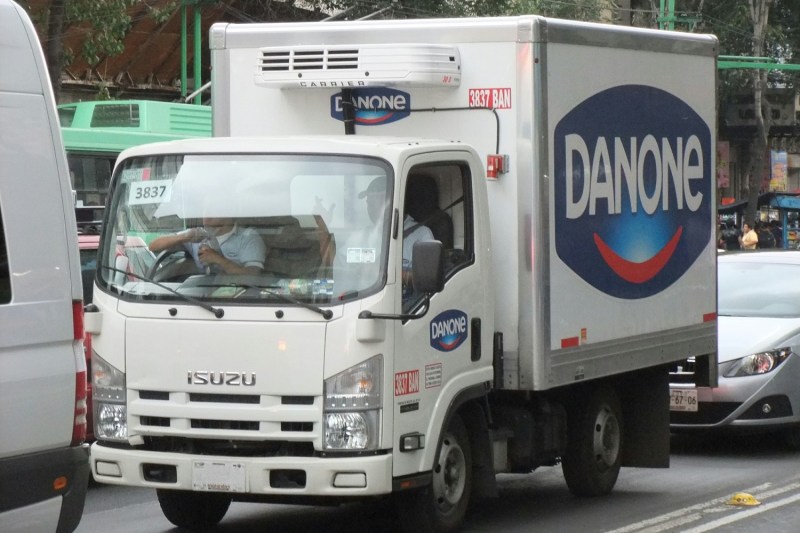
Marie Van Brittan Brown and Home Security
Marie Van Brittan Brown was a nurse who often worried about working odd hours, spending long nights at home alone, and the police’s slow response time. In 1966, she worked with her spouse — electronics technician Albert Brown — to develop their own home security system. She soon filed a patent for this new device, which consisted of peepholes, a camera, TV monitors, a two-way microphone, and an alarm button to connect to the police immediately. This was essentially the world’s first closed-circuit television (CCTV) based security system.
As of 2013, thirteen more inventors have cited Marie Van Brittan Brown’s 1966 home security patent as a reference. It’s hard to imagine how companies like ADT and Ring could do business today without the Black inventor Marie Van Brittan Brown and her revolutionary device.

Dr. Mark Dean and the Personal Computer
Shortly after earning his bachelor’s degree in electrical engineering from the University of Tennessee in 1979, Mark Dean got hired by IBM. While working with Dennis Moeller at IBM, Dean developed a new technology that he called the Industry Standard Architecture (ISA) systems bus. This allowed for the direct connection of a computer to support devices like monitors, disk drives, and printers. Dean also played a major role in the development of IBM’s first color monitor, and Dean holds three of IBM’s nine original PC patents.
In 1999, this Black inventor revolutionized PC technology again by leading an IBM team to develop the world’s first gigahertz chip, which could process one billion calculations per second. Though some tech critics mocked the gigahertz chip as “overkill” when it debuted in new home PCs, Dean’s invention paved the way for the ultra-fast and hyper-connected internet experience that we take for granted today. As of 2022, Dean holds over 40 patents.
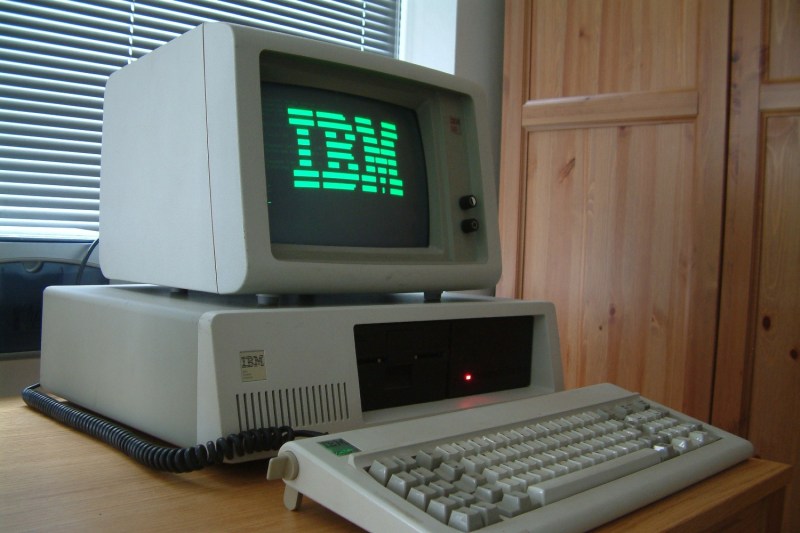
Dr. Kizzmekia Corbett and mRNA Vaccine Technology
On December 31, 2019, National Institutes of Health (NIH) viral immunologist Dr. Kizzmekia Corbett received a foreboding email from her then-boss: “Get ready for 2020.” Dr. Corbett had already studied Severe Acute Respiratory Syndrome (SARS), Middle East Respiratory Syndrome (MERS), and the vaccines for those two viral respiratory diseases. As soon as the NIH identified the virus that causes COVID-19 as a coronavirus, Dr. Corbett went to work and discovered how the messenger RNA (mRNA) encoded S protein can be used to turbocharge the immune response to produce protective antibodies against COVID-19.
Dr. Corbett’s research on coronavirus spike proteins and the S protein became critical to the development of Moderna’s mRNA based COVID-19 vaccine. As of February 6, over 205 million Moderna vaccine doses have been administered in the U.S., according to the CDC. Last April, Dr. Kizzmekia Corbett moved to Harvard University’s T.H. Chan School of Public Health, where she continues to contribute to vaccine research and development. Dr. Corbett also continues her critical work on social media to combat medical misinformation and disinformation.
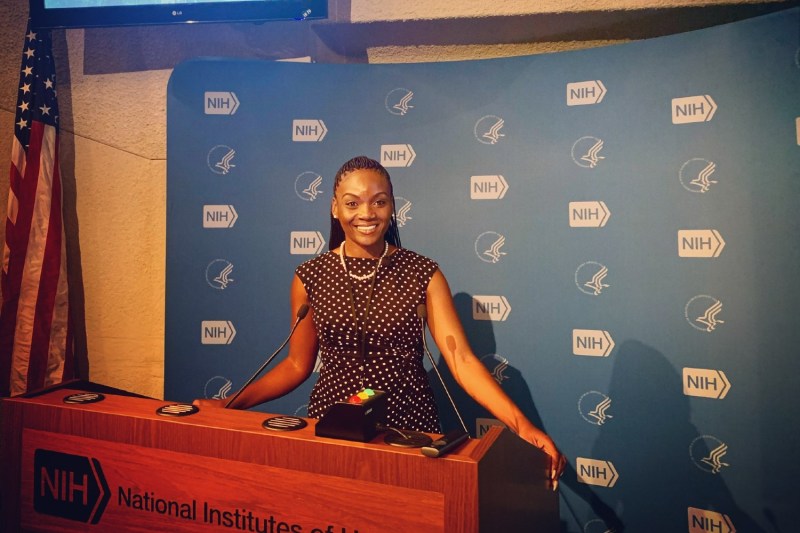
The cover photo was provided by the National Institutes of Health.



